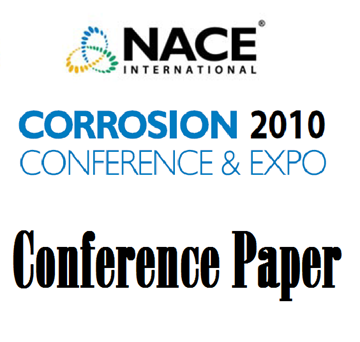Search
10258 Comparative Performance of Biocides Versus Corrosion Causing Biofilms
Also Purchased
00347 A Novel Technique for Evaluating the Activity of Biocides against Biofilm Bacteria
Product Number:
51300-00347-SG
ISBN:
00347 2000 CP
$20.00
10049 Deactivation of Industrial Water Treatment Biocides
Product Number:
51300-10049-SG
ISBN:
10049 2010 CP
Publication Date:
2010
$20.00
51313-02782-Evaluation of Sulfate-Reducing Bacteria Biofilms in the Presence of Biocides
Product Number:
51313-02782-SG
ISBN:
02782 2013 CP
Publication Date:
2013
$20.00




